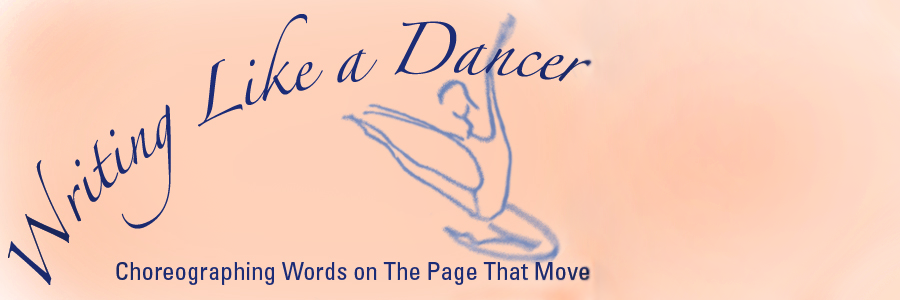Writing Practice and Meeting up with your MUSE
Writing Leap #54
Writing a Character Description
Hi Writers,
I belong to the Society of Children’s Book Writers and Illustrators (S.C.B.W.I.) They have a new offering for their members. Write a 50 word description of a character for a children’s book, using the word wart. They will post it on their widely-subscribed website (scbwi.org) for agents and editors to see.
At first I dismissed the idea. I wasn’t inspired by warts. Then my closed mind decided to open up and I had an idea! Big lesson: Consider everything as inspiration for your writing. Don’t be an inspiration snob like me. Stretch!
Writing a 50 word description of one of your characters is great writing practice for showing not telling. Fifty words is a challenge to try and evoke, not describe, something about your character that is real. Try it Writers! It’s really satisfying, I found.
Here’s mine inspired by the word wart.
The plump Queen had a wart on her bottom. So embarrassing. Especially when she sat on her throne and cried, “Ouch!” Her round cheeks blushed cherry red, her round mouth resembled a doughnut and her round eyes opened as wide as two apple pies. She heard everybody giggling quietly.
Happy Writing Everybody,
LINKING THE ARTS
The Queen, trying her best.
A Favorite Word: Evoke, as in to summon or suggest. This is one of the jobs of our muse.








